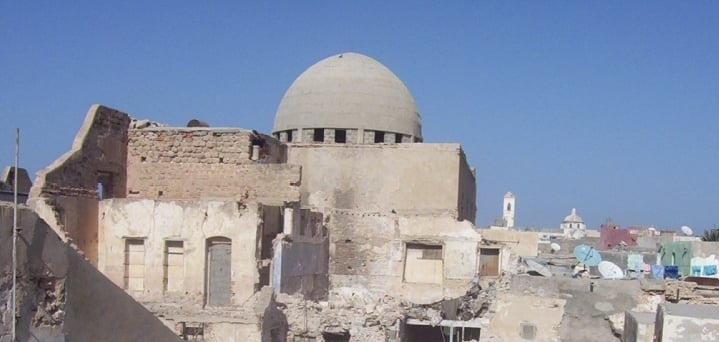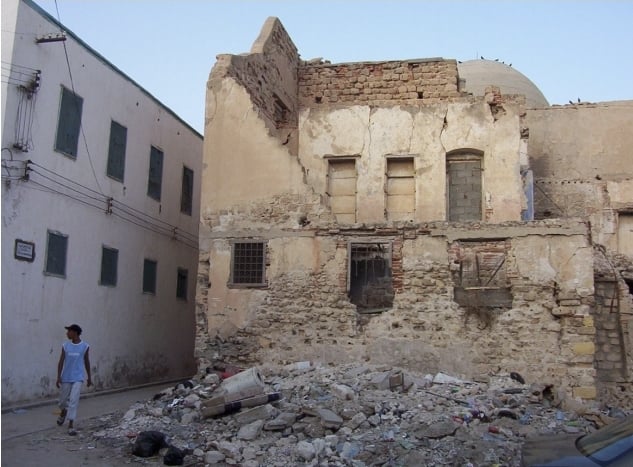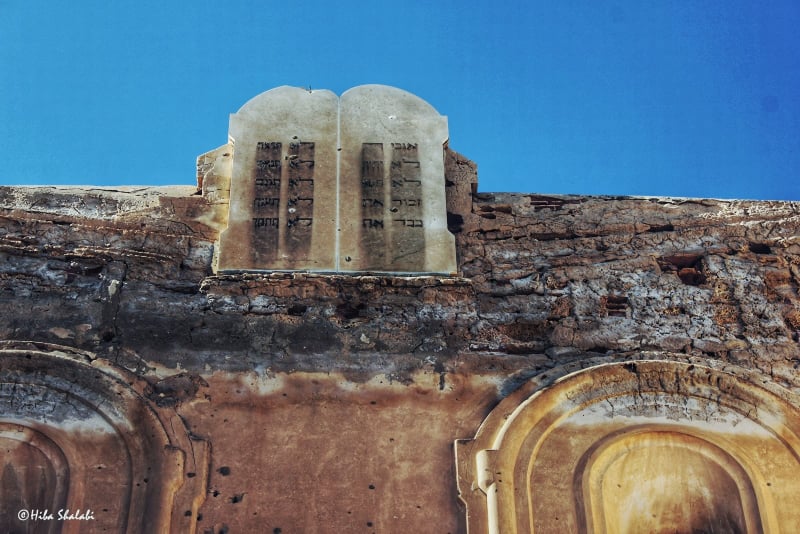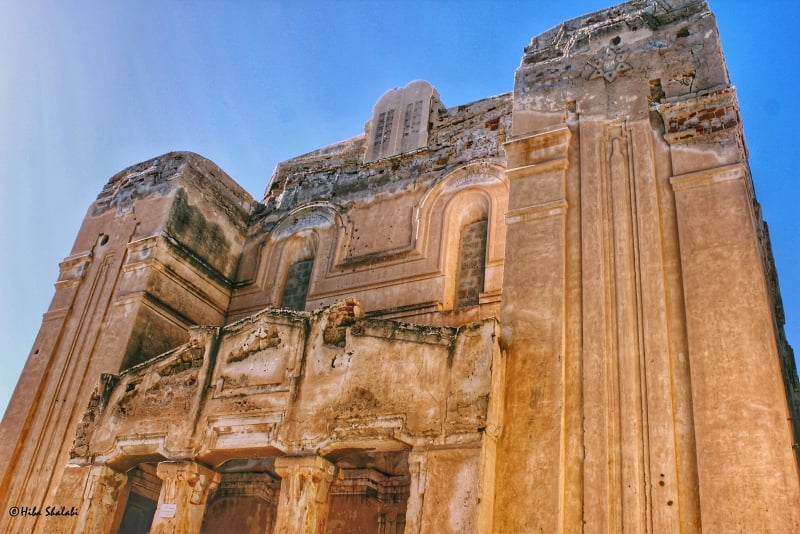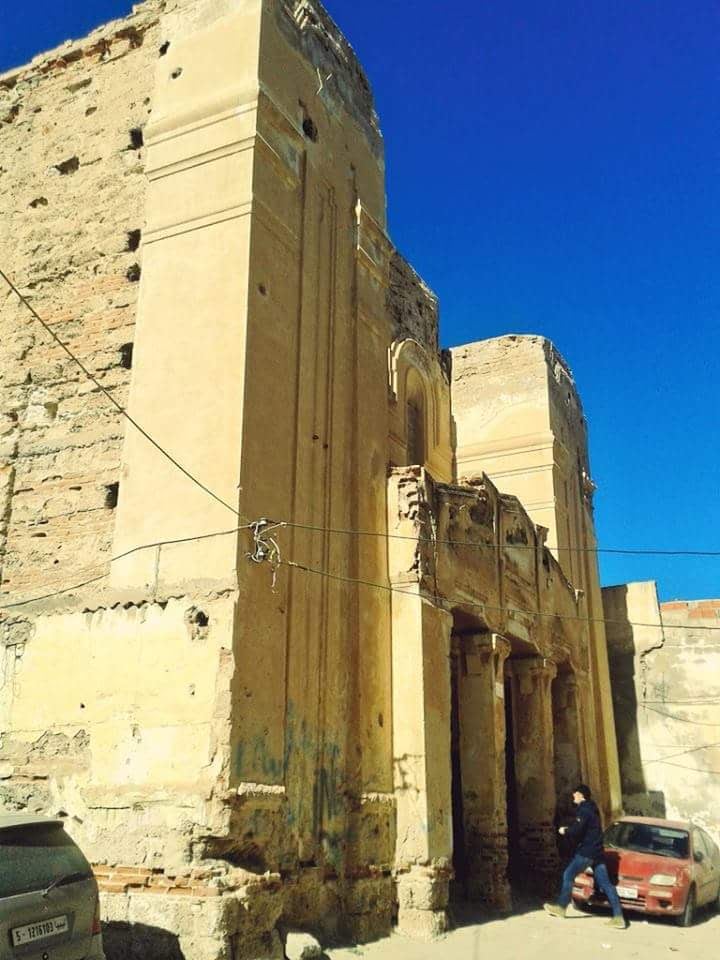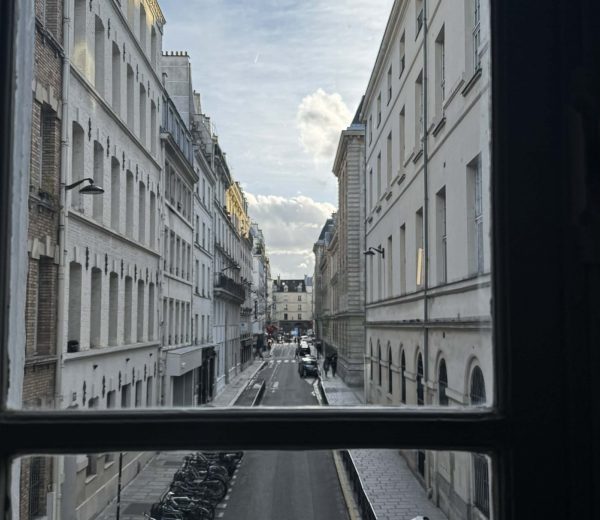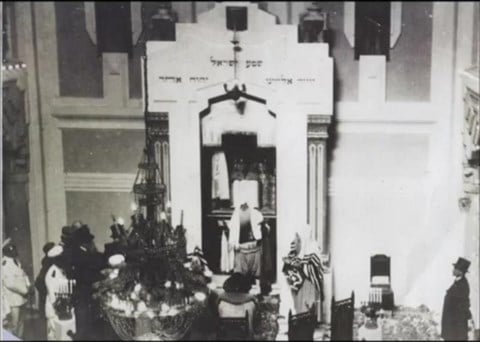
Over centuries, many succession of foreign rulers conquered Libya. These recurring changes in regime meant varying periods of growth for the Jewish communities living in Libya. Libyan Jews integrated within the Amazigh communities in the countryside in the 6th century. Throughout the Ottoman era (1551-1910), they experienced a flourishing period of cultural renewal and social development. Tripoli, the capital, became a new spiritual centre for Libyan Judaism.
Libyan Jews Throughout History
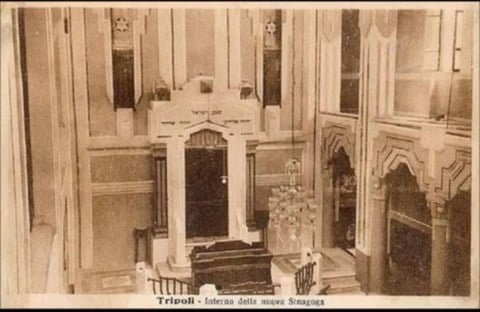
During the Italian colonization (1911 – 1943), the country faced many opportunities for growth. The Jewish community in Libya seized these opportunities. They are best known for their thriving businesses in many fields. Their success contributed greatly in the economic and social cohesion with Arabs in many communities around Libya. Such as the ones in Benghazi and Tripoli. The Jews in Libya became known for their positive contributions in pushing forward the wheel of development.
In addition, the Libyan Jews religious practices were participated freely around the country. Synagogues were built all over Libya, for example, in Benghazi, Derna, Gheryan, and Khums.
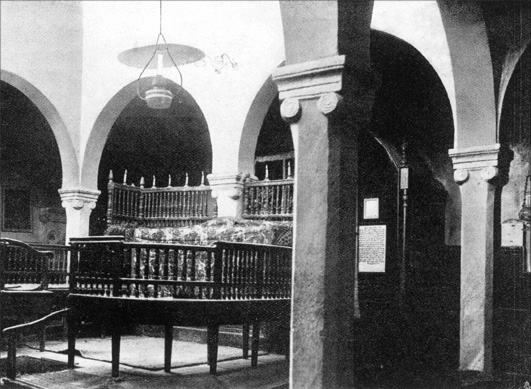
Jews in Libya were roughly about 30,000 people. However, with many factors including an economic crisis, and the indifference of the British authorities. All culminated in a systematic approach. It began in 1945 that eventually destroyed the Jewish community of Tripoli.
In addition, during 1948 and 1967. According to information from the Jewish Museum in Italy which portrays the history of Jews, including Libyan Jews in detail. Many Libyan Jews sought refuge in Italy in 1948. However, in 1967, the repercussion of the Six Days War, led to the Jews Last great exodus from Libya.
Last Tangible Sign of Jewish History in Libya
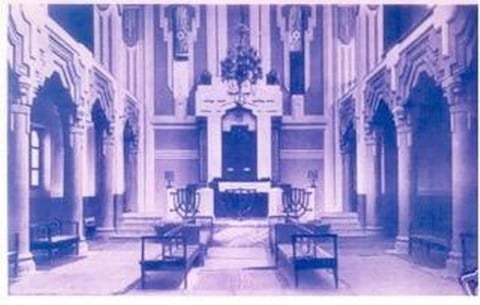
Tripoli Synagogue, or as called ”Dar Bishi”, designed by Umberto Di Segni in 1922. Mainly inspired by the Great Temple of Rome, built in 1904. It is located in the old city of Tripoli. There were roughly 33 synagogues in Tripoli’s old city. Nonetheless, this synagogue is the last that remains today. People of the Jewish quarter preferred to attend other familiar and more humble synagogues. Later on, the 33 synagogues, in the old city, transformed into Mosques. Also, the destruction of the ancient cemetery. During the 1980s, the Libyan government attempted to restore the building. Soon after, they abandoned the restoration process.

The representative of the Italian Section of the World Organization of the Jews of Libya, David Gerbi, launched an appeal to save the synagogue. He has returned to Libya in late 2011 to restore the synagogue. However, they put the restoration on hold. People gathered in Tripoli and forced Mr. Gerbi to leave the country.
Now words spread that local authorities are secretly planning to transform the synagogue into an Islamic library. This will cause the disappearance and erasing of the last trace linked to Libyan Jews in Tripoli. If the synagogue kept untouched; it will mark its 100th anniversary in 2022.
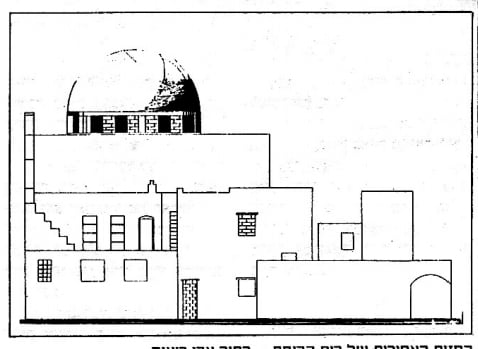
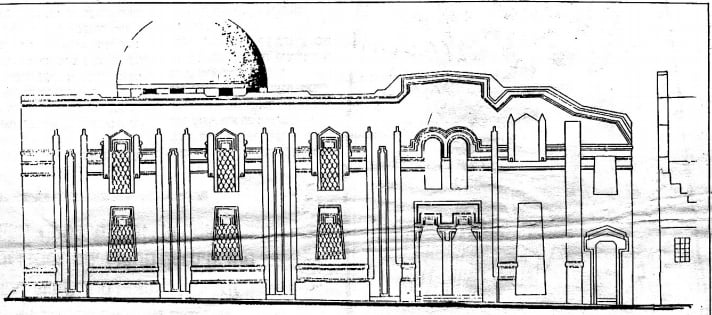
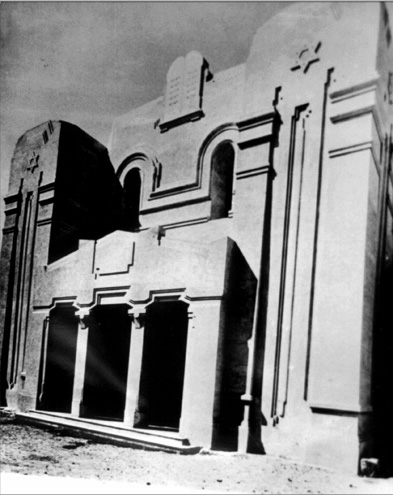
The Current Condition of Dar Bishi Synagogue:
Since abandonment of the synagogue building and with lack of care; it remains in very poor conditions. Refuse litters the floors. Most of the windows covered with bricks. Although, the windows high up in the synagogue’s dome remain open, letting sunlight in to illuminate the ruined room below. Some sides of the building were destroyed and further removed and the changes could easily be identified from the map above.
